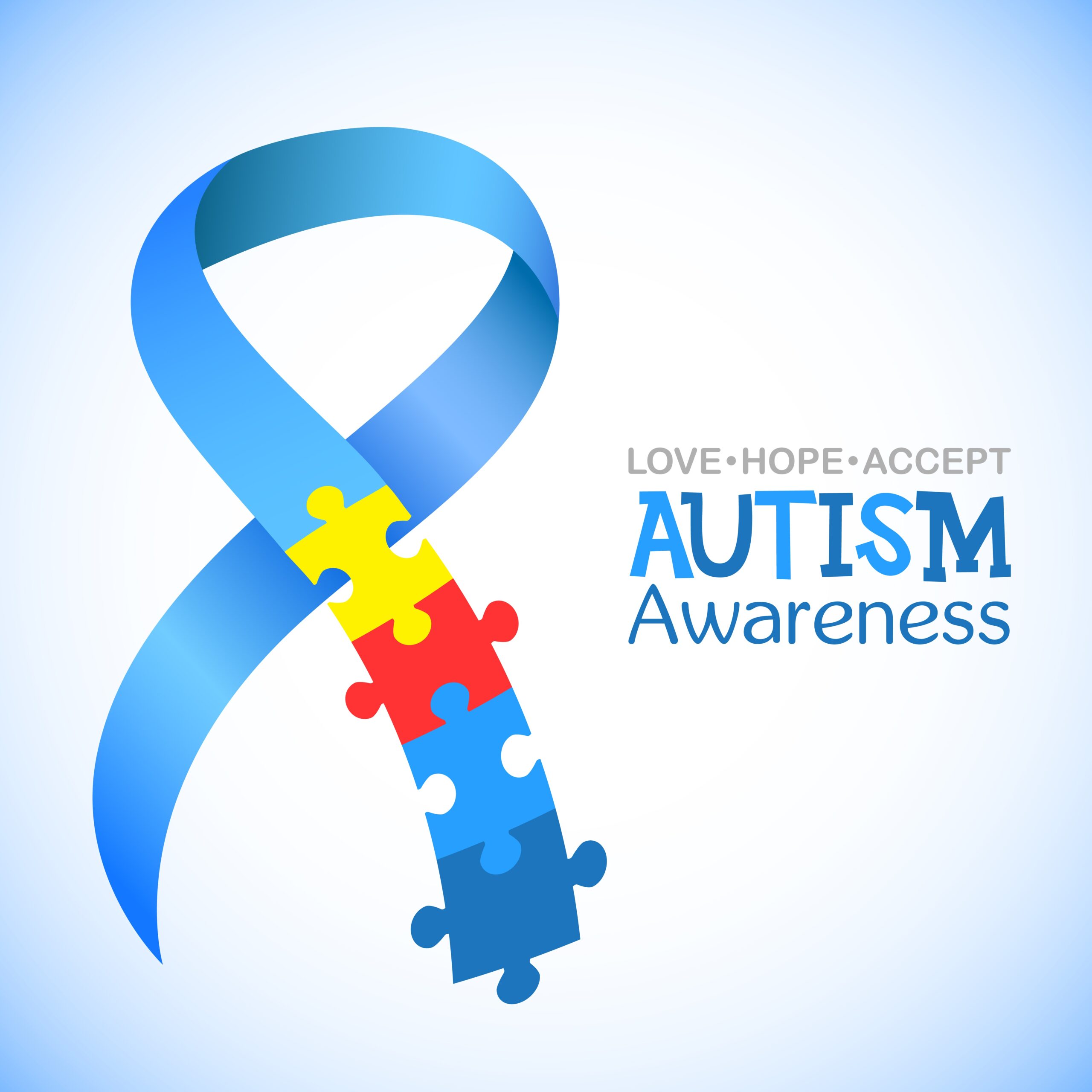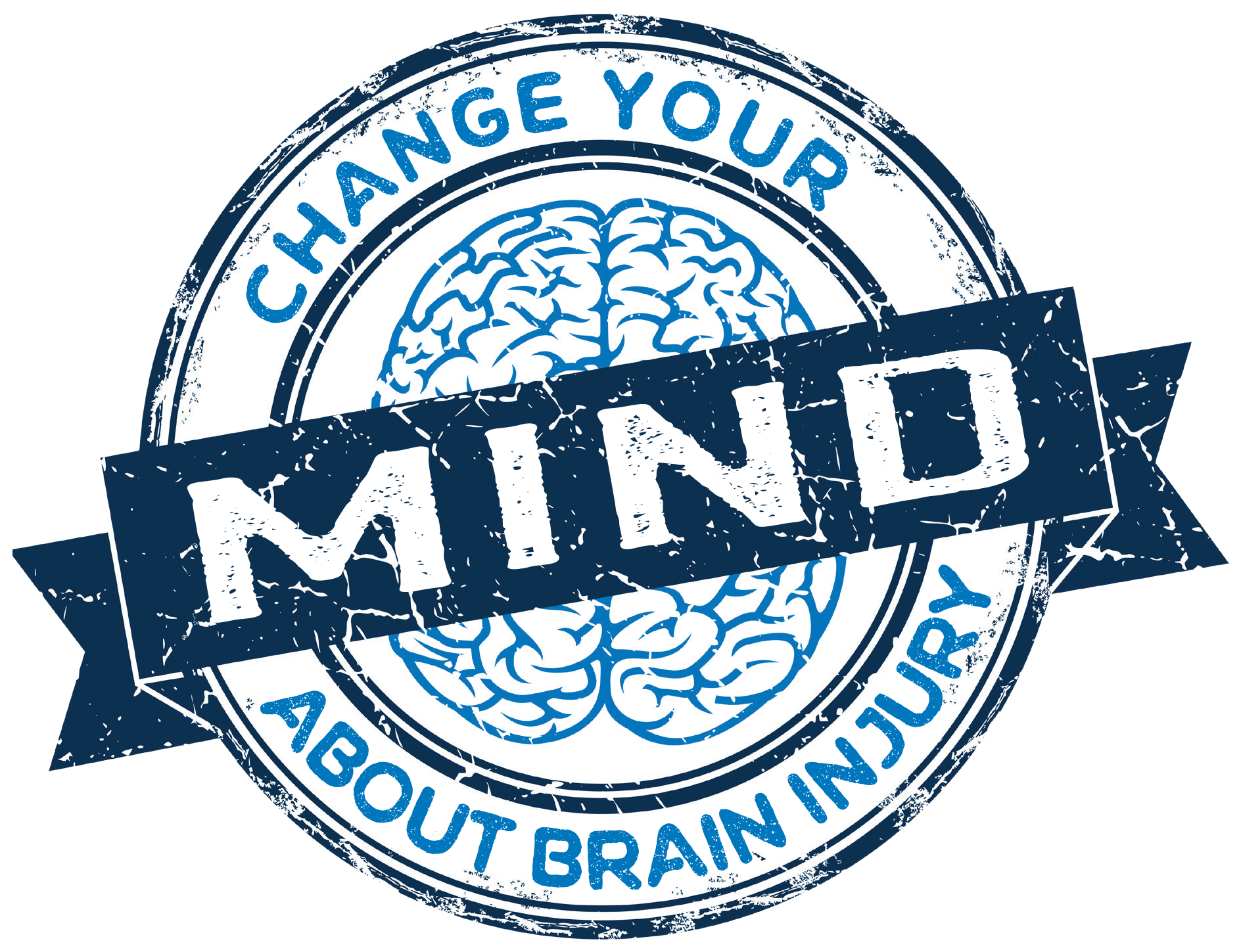
The Therapeutic Benefits of Journaling

Journaling. Does the word spark joy or dread? A practice that involves writing down your feelings and experiences on a regular basis. It’s inexpensive and easily accessible, only requiring a pad, a pencil and about 20 minutes of your time.
But for many people this idea sounds painful. Writing for some is filled with apprehension and self-doubt. The idea of doing it voluntarily and routinely, especially while stuck at home during this pandemic, may seem like torture. And why would you add to your misery? Even for those whom find writing rewarding, setting the time aside to journal can feel like work. So why should you do it? And why should you do it now?
For starters, therapeutic journaling has many actual health benefits. Yeah, yeah, another thing to put on that endless list of health habits, but scientific evidence has shown that journaling not only reduces stress and anxiety, it also strengthens your immune system, decreasing symptoms of asthma, arthritis, and other health conditions. And what better time than now to strengthen your mind and body?
Living in the time of this pandemic has altered the way we live. You may now be working from home, teaching your kids at home, or working in a front-line job. Whatever the case, we’re all dealing with added stress.
Science has shown that the actual act of putting a pencil to paper accesses the analytical and rational part of your brain, freeing the right side of your brain to create and feel. And writing about your emotions, especially without concern for what others think or feel about you, can be cathartic. You can express yourself, your thoughts and anxieties, openly and honestly without judgment. Your only audience is you. And by getting your feelings on paper and out of your head, it decreases the overwhelming feelings of upset or anger that they may be causing you. The process also allows your subconscious mind to become present, bringing understanding and insight about yourself and your difficulties. It can improve your mood and bring you an overall sense of happiness.
Journaling has also been shown to improve cognitive functioning and helps with analytic thinking. Writing down your thoughts or struggles provides distance by giving you time to go back and look at what you’ve written, seeing it in a new light. You’ll generate observations that will help you problem solve and grow.
To be clear, therapeutic journaling is not quite the same as keeping a diary. In a diary, one traditionally writes about events of their day, chronicling their life. In therapeutic journaling, the aim is to process your thoughts and feelings about the events of that day.
Many experts say that in order to be most effective, you should give your journal twenty minutes of your time. And then write. Forget about spelling, punctuation or sentence structure. Pick a topic, or a theme. Write your stream of consciousness and just let your writing flow.
Now is a good time while you likely have extra time to go get started.
Planning is Everything

Save for a house. Save for college. Save for retirement. Save for emergencies. Save for a pandemic? Not what most of us had on our radar, but COVID-19 has in effect become our “rainy day.” Maybe our “rainy year.” It’s been an eye-opening reminder that “expecting the unexpected” is a pretty good idea.
Americans were experiencing the longest economic expansion on record, but in a matter of days, millions of people were laid off and businesses closed. The result is a recession and an economic turnaround is uncertain.
But the emotional effects of COVID-19 are much greater than the financial pain. The loss of lives, and the families who are left behind has been a tragic, permanent and life-altering reality. Many families have been crippled by not only the loss of their loved one, but also the loss of their main provider. If they weren’t financially ready for this pandemic, they’re likely facing significant hardship.
Recovery from the extraordinary shift in our lifestyle and circumstances will be long and labored and if we learn nothing else, our recovery plans should include the foresight to be prepared for the next wave.
So how do you move forward? According to many experts begin by evaluating your current finances and creating a plan. If you’re still working and don’t have an emergency savings plan, it’s time to aggressively start one. If you have one, it’s time to bolster it. And if you’re out of work, it’s time to create an emergency budget.
Emergency funds are crucial at all times but particularly important with high unemployment and economic ambiguity. Experts agree that a fund with enough money to cover three to six months of living expenses should be your goal.
To get there, you’re going to need to make sacrifices. Begin with reducing the cost of your essential expenses. Call service providers and see what discounts they’re offering. Cancel nonessential expenses such as premium television channels or apps. While it’s important to support local restaurants by ordering takeout, it’s also important to reduce expenses by cooking meals at home.
An excellent place for impartial advice on preparing for emergency situations is www.ready.gov. Under “make a plan” the U.S. Department of Homeland Security (DHS) offers tips for financial preparedness. Among the suggestions are to safeguard critical documents. You should be sure that all financial, personal, household and medical information are all scanned and saved. In addition to your crisis savings account they suggest including a small amount of cash kept at home in a safe place.
The DHS also strongly recommends that you obtain life insurance if you don’t already have it. While most of us recognize the gravity of living without health or homeowners insurance, many people go without life insurance. It’s a critically important addition to the financial well-being of your family if something should happen to you.
The bottom line is that if there is a practical lesson from COVID-19, it’s to be prepared for times of crisis. Plan and save, for yourself and your family.
Light it up blue! April is Autism Awareness Month

For almost 50 years April has been recognized as World Autism Month, kicked off on April 2nd with the United Nations-sanctioned World Autism Awareness Day. It’s a period each year to focus on positive, respectful and accurate information about autism spectrum disorder (ASD), people with autism, the challenges they face and the gifts they possess, all cloaked in the color blue.
During April, communities across the country usually recognize the month with autism-friendly events and educational activities aimed to promote acceptance of people with autism and a more inclusive world. This year, due to COVID-19, many of those events have been cancelled or postponed.
But staying at home doesn’t mean you can’t take time this month to educate yourself about those members of your families and communities who live with autism. ASD occurs in all ethnic, racial and economic groups. Someone with autism may be your neighbor, the child of a friend or a beloved family member.
So what are the symptoms of autism? According to Autism Speaks, one of the world’s leading advocacy groups, the two core symptoms are: social communication challenges, and restricted, repetitive behaviors. Those symptoms are manifested in a number of ways and can often interfere with daily living.
Social communication challenges can include spoken language, gestures, eye contact, facial expressions, tone of voice and expressions. They can also include difficulty with recognizing emotions in others, within themselves, and in recognizing “normal” social cues, from personal space to conversation exchanges. Restricted and repetitive behaviors are also often exhibited with repetitive body movements and motions, staring at lights or spinning objects, ritualistic behaviors, resistance to change and extreme interests in specific topics.
Those with ASD are almost always completely honest, sometimes brutally so, but you can trust what you’ve been told. People on the spectrum tend to live in the moment, they’re non-judgmental, possess extraordinary memories and are passionate about their interests. If you know or love someone with ASD, you likely already know and embrace those qualities.
What you may not know is that when you’re on the spectrum, co-existing in a neurotypical world is work. For those who are able, navigating daily life and trying to fit in requires constant focus. It’s exhausting. Think how difficult it’s been to adjust to the new COVID-19 rules—social distancing, working from home, home schooling, the inability to freely move about, the need to develop new routines, to not feel trapped, to not obsess about how much toilet paper you have—and you can begin to imagine how challenging it is for people on the spectrum to climb social hills every day of their lives.
Since you most likely have extra time on your hands this Autism Awareness Month, why not do some of the work yourself? Learning more about how the people you care about are wired, empathizing with them, will help you to better connect with those on the spectrum, enhancing their lives and yours.
Coping with Change and Quarantine During Uncertain Times

“The secret of change is to focus all of your energy, not on fighting the old, but on building the new.” – Socrates
Change is constant, inevitable, good, and hard. Change plays an important role in life for growth and flexibility. It contributes to a full life. But with any change comes loss and it’s not unusual to feel sadness and grief; when it’s sudden, random and unwelcome it can be significant. Since the beginning of the COVID-19 pandemic, it’s been abrupt and considerable. Learning to cope with such monumental change is a challenge for everyone. While those feelings need to be processed, it’s also important to accept and embrace change. It will help you better adapt and also help you and your loved ones to move forward.
COVID-19 has caused a seismic shift in our culture and in almost every metric, altering the way we live our lives. It’s essentially shut down the world as we know it and may remain that way for the foreseeable future. Depending on where you live, you may have been ordered to “Stay at Home.” And whether that means you’re working from home, educating your kids at home, (or both), or just hunkering down, you’re feeling it. Almost everything we do: work, socialization, exercise, education, medical appointments, is now being done remotely. That’s a lot of adjustment for any individual, much less for families. Social connections are important to our health, happiness and feelings of connectivity.
To best approach this pandemic and our current “Stay at Home” orders, experts advise to maintain a daily routine similar to your normal daily routine: get up and get dressed, keep your day structured, meal times should be regular, schedule activities within your home, and keep your life as normal as possible.
Children who are living at home need their own methods of coping. Older kids are typically used to connecting with friends online, but for younger children who may miss seeing a friend or family member, you can: set up phone calls or FaceTime appointments, show them photos of their friends and loved ones, have them write and mail letters, and create a new set of normal behavior.
The CDC website offers some other advice on how to support yourself and your loved ones while coping with the stress associated with quarantine and COVID-19:
- Take breaks from watching, reading, or listening to news stories, including social media. Hearing about the pandemic repeatedly can be upsetting.
- Take care of your body. Take deep breaths, stretch or meditate. Try to eat healthy, well-balanced meals, exercise regularly, get plenty of sleep, and avoid alcohol and drugs. Make time to unwind. Try to do some other activities you enjoy.
- Connect with others. Talk with people you trust about your concerns and how you are feeling.
Brain Injury Awareness

The CDC defines a traumatic brain injury (TBI) as a disruption in the normal function of the brain that can be caused by a bump, blow, or jolt to the head, or penetrating head injury. Everyone is at risk for a TBI, especially children and older adults. Each year at least 1.7 million cases of TBI occur in the US. That means someone sustains a brain injury every 9 seconds. Although the vast majority of these injuries are mild, every day 137 people die in this country from a TBI. The most common causes of TBI are falls, motor vehicle crashes, being struck by an object and domestic/child abuse. Currently, between 3.2 and 5.3 million Americans are living with permanent disabilities caused by TBI. Brain injury is often referred to as the “silent epidemic” since most survivors of brain injury do not have consequences that are visible or easily seen, and most people don’t know about the effects and long-term consequences of brain injury.
March has been designated as brain injury awareness month. The theme for 2020 is “Change Your Mind” with the goal of educating the general public about the incidence of brain injury and the needs of people with brain injuries. The brain controls everything we think, do, and feel and the effects of brain injury can be seen in nearly every aspect of body and mind. A brain injury can cause wide ranging effects to physical, cognitive, emotional, and social functioning. In a TBI nerve fibers are severed and stretched, slowing or completing disrupting their functions. Just like every brain is different, every brain injury is different, and the effects of brain injury are unpredictable. Brain scans and other tests are not always able to show the full extent of injury, especially early on. Sometimes, mild injuries can have devastating consequences while individuals with severe injuries can experience dramatic recoveries. The types of effects that are experienced are based on the severity of damage, the specific brain structures that were involved, and characteristics of the person injured. Age, cognitive ability, previous brain injuries and general health all influence recovery. TBI survivors may process information more slowly, have difficulty remembering new information and be inconsistent in task performance. Poor judgement, impulsivity and lacking awareness of their weakness compound their difficulties.
During Brain Injury Awareness Month, The Brain Injury Alliance of New Jersey sponsors #TBIAffectedMe (https://bianj.org/brain-injury-awareness/) to support brain injury awareness. These stories bring the statistics alive with names and faces that remind us brain injury can happen to anyone, anytime.
Stress and Exhaustion Can Lead to Higher Risk of Heart Disease

February was American Heart Month and it’s always a good reminder for individuals to focus on their hearts. New research suggests that if you’re feeling chronic stress and burnout, otherwise known as mental and physical exhaustion, you could be at a higher risk for Atrial fibrillation (also known as AFib). AFib is the most common heart rhythm disorder and leading cause of stroke in the U.S. and Europe, affecting more than 33 million people worldwide.
Studies in the past have linked stress, obesity, high blood pressure, and smoking as prime risk factors of other heart disease, but this new study is the first to really link exhaustion to potentially increasing one’s risk for a cardiac arrhythmia.
According to the American Institute of Stress, 80% of American workers say they feel stress on the job, and half of those say they need help with managing stress. But it’s more than work – it’s the 24-hour news cycle, the constant connection to social media, and a race to be the best at what you do, both at home and at work. Burnout and fatigue can be any type of stressor, not just work, but personal stress or home/family tension, affecting anyone who is chronically stressed and who suffers from chronic exhaustion.
When it comes to AFib, past study results have been mixed. Some studies have shown a link between AFib and anger or post-traumatic stress syndrome, while others suggest depression and other psychosocial impacts are a result of having the condition rather than a cause of it. In this recent study, people who scored the highest in “vital exhaustion” were more likely to develop AFib. It’s associated with increased inflammation and increased activation of the body’s physiologic stress response. When these two things are chronically activated, they can have serious and damaging effects on the heart tissue, which could eventually lead to this arrhythmia.
The current study is a preliminary, first-step evaluation that needs more research. However, the main take-home message is that high levels of stress or exhaustion can have an impact on your heart, as well as your mind.
Focus on Mental Health in the New Year

The beginning of the year marks a turning point for many people. This is the time of year that most people make resolutions to improve their lives by setting an intention to be more healthy and prosperous. While most resolutions tend to focus on physical health, like eating healthier or losing weight, it may be equally important to set a resolution to improve mental health. The following are a few resolutions that can help improve peace of mind and overall mental well-being:
- Spend more time with friends and family: Studies have shown that people that regularly meet with friends or have tight-knit family ties have overall better mental health than those that spend much of their time apart from friends or family. It comes down to the level of social connection the individual feels to those in their lives.
- Schedule more time for self-care: People often become so focused on their professional responsibilities and daily commitments to others that they forget to take care of themselves. Scheduling time to rejuvenate oneself by slowing down and taking the time to do an activity that one enjoys is imperative to mental health.
- Put down the phone: One of the biggest improvements we can make in our mental health is spending time away from the internet and social media. There are too many grabs for our attention that constantly pull us into undesirable emotional and mental states.
- Practice gratitude: Everyone has things in their life to be grateful for, but we rarely reflect on them. However, when we do consistently reflect on the things that are good in our lives we are more likely to adopt a healthy mental framework and improve our overall happiness.
Developing a Lifetime Care Plan for Children with Special Needs

Parents and caregivers planning a lifetime of care for children with special needs can feel like they are trying to hit a continuously moving target. Between filing for government aid, financial planning, and navigating the healthcare system, it’s a full time job to organize proper care for a child with special needs. In addition to the time required to coordinate care, the expense can be daunting, even with health insurance and government aid programs factored in.
As parents age and the care needs of their child with special needs changes, they need to bring into focus a long term financial plan that will extend over the lifetime of their child. Every family is unique and requires a different financial plan. Everything about the family needs to be taken into consideration including state of residence, aid qualifications, specific medical requirements, and therapies needed to care for the person with special needs.
There are a number of ways to plan, save, and pay for care over a lifetime. Many will qualify for aid from Social Security and Medicare benefits. However, to maintain eligibility for these benefits, the assets of the person with special needs must remain under a certain threshold. This is where a qualified financial advisor can help take advantage of other financial tools such as an ABLE account, Special Needs Trust, and specialized life insurance policies that extend to the child. Developing the right portfolio mix of financial tools is essential to planning for a lifetime of care coverage. For families interested in exploring their options for everything from care plans to Special Needs Trusts, Hope Trust can help navigate healthcare needs and plan for the future.
Tech Companies Design Apps for the Special Needs Community

New technologies have opened up new worlds for us by expanding the way in which we can communicate and share information with one another. As new technologies continue to develop, we are seeing more and more tools emerge that are geared toward helping the special needs community. New software, apps, and even robotics are being designed to make the lives of people with disabilities easier.
Samsung is one example of a company that is releasing new technology specifically intended to help people with special needs communicate more easily. Their app is called “Good Vibes” and it allows the deafblind to communicate with friends and loved ones by translating Morse code into text or voice. The app also works in reverse, allowing those unfamiliar with Morse code to speak or write messages into the app and have it translated for them. Messages are received by the deafblind through Morse code vibrations. Although the app is not available to consumers worldwide, Samsung’s “Good Vibes” is being piloted in India and has had outstanding reception from users.
It’s exciting to see big tech companies like Samsung develop applications and technologies specifically geared toward the special needs community. It signals that engineers and developers understand the difficulties faced by people with special needs and are working on solutions that alleviate the hurdles in their path.
Calming Room Soothes Special Needs Amusement Park Goers

Dollywood, located in Pigeon Forge, TN, is one of the top 50 most frequented theme parks in the world. The theme park bears name of country music’s Dolly Parton, and is visited annually by over two million guests. Recently, the major theme park and resort has introduced a calming room for children with Autism. Dollywood is the first theme park in the world to introduce this type of space.
The calming room is designed with low lighting, comfortable seating, and items meant to soothe children who may experience sensory overload, like weighted blankets and tents. Children with autism and their parents can retreat and take a break from the crowds, loud noises, rides, and bright lights of the theme park. For many children with autism, the sensory inputs and atmosphere of a theme park can quickly become overwhelming. A calming room allows children and their families a chance to relax, extend their stay, and have an overall better experience in the park.
Dollywood has been getting outstanding feedback since they’ve implemented their calming room. Parents of children with autism know the difference a quiet, relaxing place can make in the level of enjoyment for their child. Because of the praise Dollywood is receiving in regard to their calming room, other theme parks are likely to follow this trend and become more accommodating to families of people with differing abilities. We hope to see this trend in calming rooms move beyond theme parks and into other public places.
Hope Trust serves clients throughout the United States.

